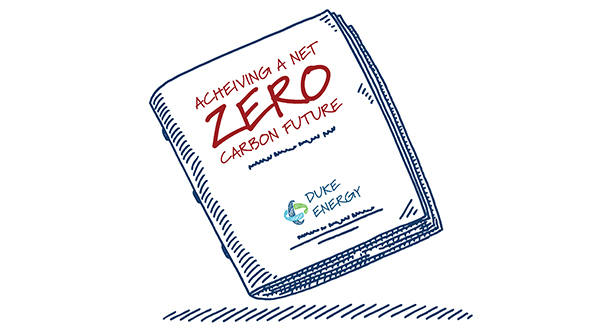IN CASE YOU MISSED IT

Fusion 101:
A Game Changing Technology May be Closer Than You Think
What if we could harness the reaction at the core of the sun to generate power? For decades, scientists have been trying to do just that: create a fusion generator that could supply the world with unlimited clean electricity from hydrogen molecules found in seawater. In the past decade, innovative designs and scientific breakthroughs have brought this goal close enough to impact our electricity system on a climate-relevant timeline. ClearPath’s Cameron Tarry published this 101 piece exploring how fusion works, what has happened lately, and why fusion could help reduce emissions.
Read the 101 here
 The US Shouldn’t Abandon the Nuclear Energy Market The US Shouldn’t Abandon the Nuclear Energy Market
In their April addition, World Oil Magazine reported on Louisiana based G2 Net-Zero LNG, who is using technology from Siemens, NET Power and 8 Rivers who will be the first LNG facility to reach net-zero carbon emissions. They aim to reach this goal by 2027. Read more

Duke Energy’s 2020 Climate Report Shows Need for Clean Energy Demonstrations
Blueprint for achieving net-zero requires strong nuclear future, and new technologies like storage and carbon capture
Last week, Duke Energy released a blueprint for reaching net-zero carbon emissions by 2050, a commitment they made last fall. ClearPath’s Executive Director, Rich Powell said the Duke Energy 2020 Climate Report shows a strong commitment to their nuclear fleet and advanced nuclear, innovations in energy storage and carbon capture.
Read more from ClearPath here
Highlights from the report include:
- “No new gas” analysis that assumed the regulated electric utilities are not allowed to build any additional natural gas generation. Under this scenario, the company would only see a modest 5% decrease in cumulative CO2 emissions between 2020 and 2050, but ultimately see supply chain issues with unprecedented additions of energy storage in a short period of time which would lead to greater costs to customers.
- Zero – Emitting Load Following Resources (ZELFRs), such as nuclear power plants or fossil energy plants with carbon capture, will be 16% of generation by 2040 and 30% by 2050. This model was based on using small modular reactors which is a good market signal for developers. ZELFRs are also assumed to be commercially available for deployment in the mid-2030s.
- To achieve this goal, they will need to start building new systems in 2035, which means they need to be demonstrated over the next 10 years in order to reach sustained double of capacity additions — 6 GW in 2040 and 13 GW in 2050.
- Natural gas remains 6% of their mix 2050. The report highlights getting their emissions down 95% and purchasing offsets for the last 8 million tons of carbon dioxide. Achieving this will involve carbon capture or carbon removal technologies.
In October, Jay Faison and Rich Powell wrote a column on Duke’s bold step for clean energy transition.
 New Poll: “Clean Energy Innovation” Very Popular With Voters New Poll: “Clean Energy Innovation” Very Popular With Voters
Wondering what constituents in your state think of clean energy innovation? ClearPath launched a new nationwide poll recently, with data for every state and every Congressional District.
A 3,000 person nationwide survey conducted by Kristen Soltis Anderson’s firm Echelon Insights shows respondents across the country, including in some of the most conservative parts, believe clean energy innovation is a better path than government regulation.
Clean Energy Poll Highlights:
- 89% Believe it is possible for the U.S. to develop cleaner energy sources that can also provide more affordable energy.
- 87% Believe clean energy is an issue that Republicans in Congress SHOULD care about, only 50% believe they do.
- 58% Say that instead of regulation, they believe more innovation and better technology that lets us reduce carbon emissions is the best way to fight climate change.
|